CHANNELS

Group Leader
Prof. Dr. med. Paul Thomas Brinkkötter
+49 221 478-30627
paul.brinkkoetter@uk-koeln.de
TEAM MEMBERS
Anja-Maria Klein
Angelika Köser
Lucas Kühne, MD
Cem Özel, MD
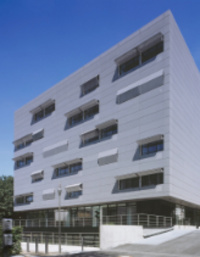
Group Leader
University Hospital of Cologne
Center for Molecular Medicine Cologne
Robert-Koch-Str. 21
50931 Köln, Germany
Paul Brinkkötter
Deciphering the metabolome at the kidney filtration barrier
Diseases of the kidney filtration barrier are a leading cause of chronic kidney disease and endstage renal failure. The filtration of plasma into primary urine is a highly selective process that takes place in about 1 million filtration units, the glomeruli. The filtration barrier consists of three layers: the fenestrated endothelium of the vasculature, the glomerular basement barrier (GBM) and at the outer aspect of the capillaries, the highly differentiated, glomerular epithelial cell, the podocytes. The latter are solely attached to the GBM and bathed in primary urine. The severity and reversibility of any glomerular disease is defined by the degree of podocyte injury. Loss of podocytes, due to apoptosis or detachment from the glomerular basement membrane, leads to renal/glomerular scarring (Focal Segmental Glomerulosclerosis) and ultimately to the development of kidney failure.
Our research work focuses on the function of podocytes in states of health and disease with special emphasis on metabolic pathways. Basic research and translational questions are addressed using state-of-the-art molecular biological methods/technology and various model-organisms including conditional knock-out and transgenic mice, C. elegans and Drosophila melanogaster. We are currently investigating
- intercellular signalling cascades that define the unique three-dimensional shape of podocytes. Loss of podocyte cell structure is the final cellular phenotype of any glomerular disease accompanied with loss of protein into the urine. Our research aims to characterize and to understand the signalling pathways required to maintain the delicate cellular architecture of podocytes in states of health and disease.
- the role of stress kinases in response to podocyte injury. Here, we primarily focus on the role of the NF-kB signalling cascade and study the role of podocytes as pro-inflammatory cells maintaining the inflammatory micro-milieu and thereby contributing to the glomerular damage.
- metabolic pathways in podocytes. Using mouse models and in vitro comparative studies we are trying to trace possible pathways of mitochondria including nucleus cross-communication as well as lipid metabolism that could determine the cell-type specific response in health and disease.
- novel therapeutic approaches to treat pre-eclampsia, a medical condition during pregnancy associated with high levels of proteinuria and elevated blood pressure, which may precede life-threatening complications like seizures, stroke and multiorgan failure in the mother with devastating consequences for the fetus. We are participating in clinical studies evaluating novel treatment options and translate our clinical findings into basic research questions.
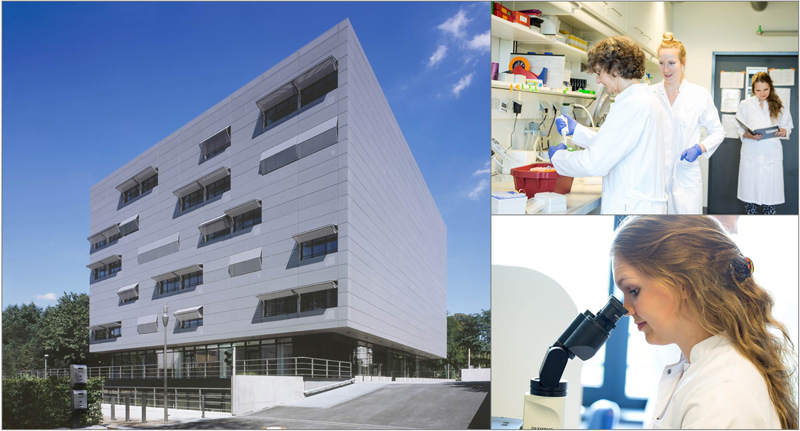
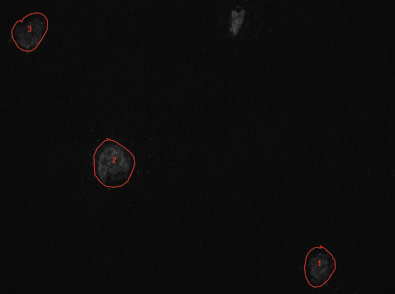
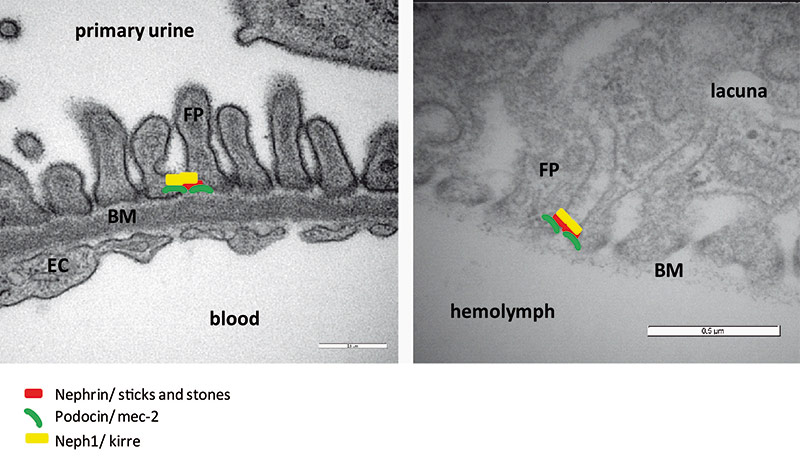
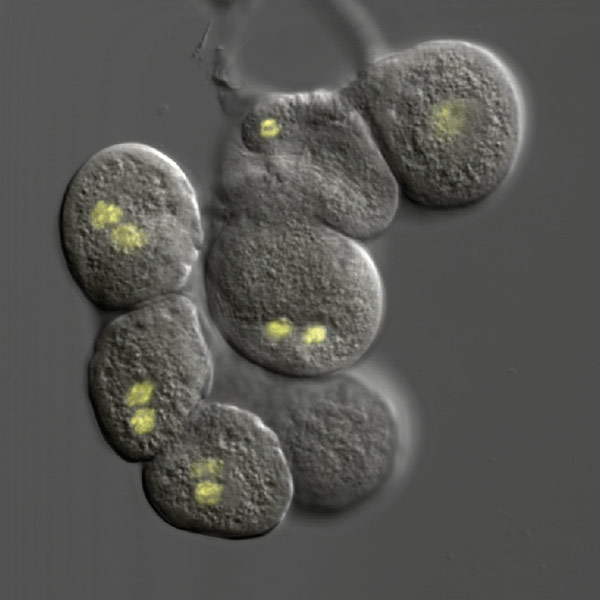
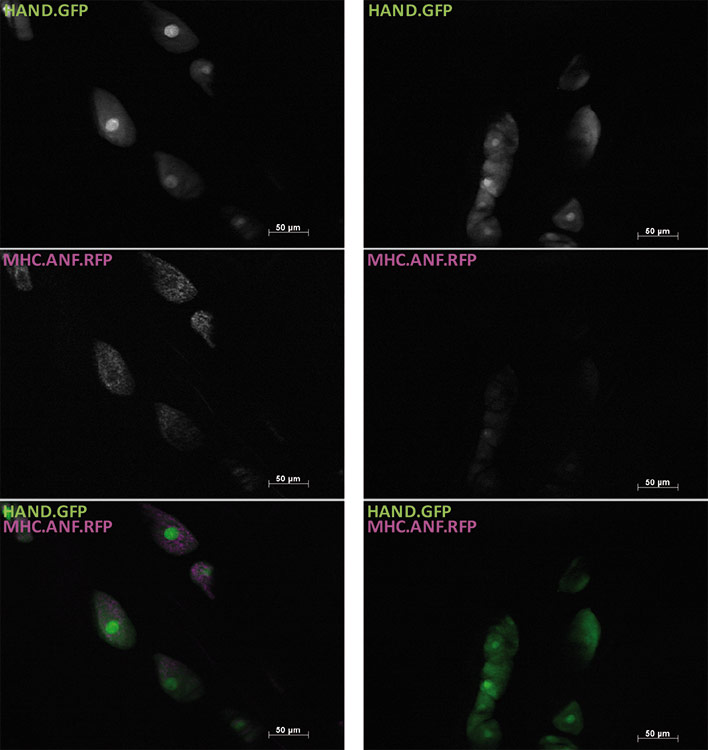
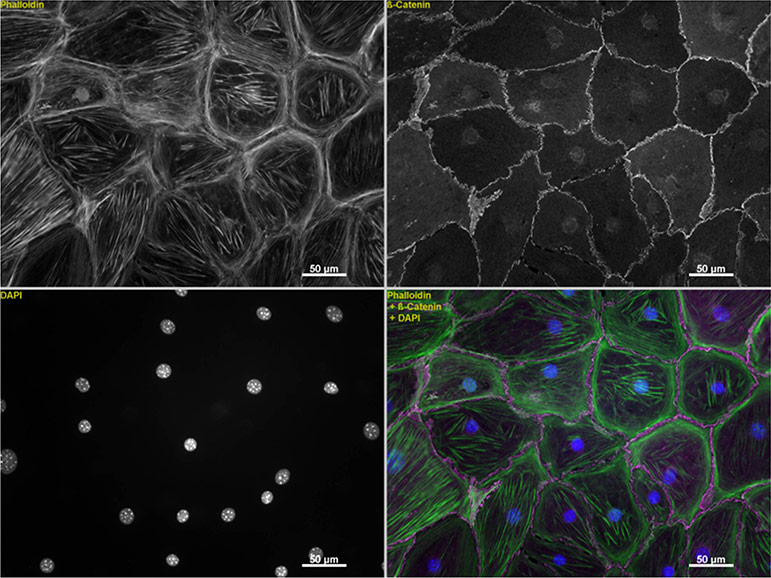
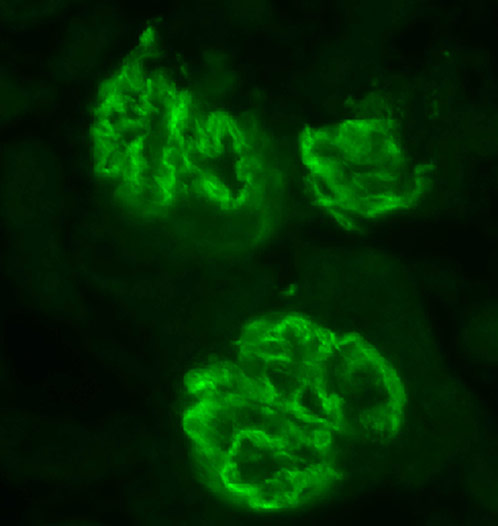
SELECTED PUBLICATIONS
Koehler, S., Kuczkowski, A., Kuehne, L., Jungst, C., Hoehne, M., Grahammer, F., Eddy, S., Kretzler, M., Beck, B.B., Hohfeld, J., Schermer, B., Benzing, T., Brinkkoetter, P.T., and Rinschen, M.M. (2020) Proteome Analysis of Isolated Podocytes Reveals Stress Responses in Glomerular Sclerosis. J Am Soc Nephrol, 31(3): 544-559.
Butt, L., Unnersjo-Jess, D., Hohne, M., Edwards, A., Binz-Lotter, J., Reilly, D., Hahnfeldt, R., Ziegler, V., Fremter, K., Rinschen, M.M., Helmstadter, M., Ebert, L.K., Castrop, H., Hackl, M.J., Walz, G., Brinkkoetter, P.T., Liebau, M.C., Tory, K., Hoyer, P.F., Beck, B.B., Brismar, H., Blom, H., Schermer, B., and Benzing, T. (2020) A molecular mechanism explaining albuminuria in kidney disease. Nat Metab, 2(5): 461-474.
Brinkkoetter, P.T., Bork, T., Salou, S., Liang, W., Mizi, A., Ozel, C., Koehler, S., Hagmann, H.H., Ising, C., Kuczkowski, A., Schnyder, S., Abed, A., Schermer, B., Benzing, T., Kretz, O., Puelles, V.G., Lagies, S., Schlimpert, M., Kammerer, B., Handschin, C., Schell, C., and Huber, T.B. (2019) Anaerobic Glycolysis Maintains the Glomerular Filtration Barrier Independent of Mitochondrial Metabolism and Dynamics. Cell Rep, 27(5): 1551-1566 e5.
Koehler, S., Brahler, S., Braun, F., Hagmann, H., Rinschen, M.M., Spath, M.R., Hohne, M., Wunderlich, F.T., Schermer, B., Benzing, T., and Brinkkoetter, P.T. (2017) Construction of a viral T2A-peptide based knock-in mouse model for enhanced Cre recombinase activity and fluorescent labeling of podocytes. Kidney Int, 91(6): 1510-1517.
Rinschen, M.M., Schroeter, C.B., Koehler, S., Ising, C., Schermer, B., Kann, M., Benzing, T., and Brinkkoetter, P.T. (2016) Quantitative deep mapping of the cultured podocyte proteome uncovers shifts in proteostatic mechanisms during differentiation. Am J Physiol Cell Physiol, 311(3): C404-17.
Koehler, S., Tellkamp, F., Niessen, C.M., Bloch, W., Kerjaschki, D., Schermer, B., Benzing, T., and Brinkkoetter, P.T. (2016) Par3A is dispensable for the function of the glomerular filtration barrier of the kidney. Am J Physiol Renal Physiol, 311(1): F112-9.
Ising, C., Koehler, S., Brahler, S., Merkwirth, C., Hohne, M., Baris, O.R., Hagmann, H., Kann, M., Fabretti, F., Dafinger, C., Bloch, W., Schermer, B., Linkermann, A., Bruning, J.C., Kurschat, C.E., Muller, R.U., Wiesner, R.J., Langer, T., Benzing, T., and Brinkkoetter, P.T. (2015) Inhibition of insulin/IGF-1 receptor signaling protects from mitochondria-mediated kidney failure. EMBO Mol Med, 7(3): 275-87.
Brinkkoetter, P.T., Ising, C., and Benzing, T. (2013) The role of the podocyte in albumin filtration. Nat Rev Nephrol, 9(6): 328-36.
